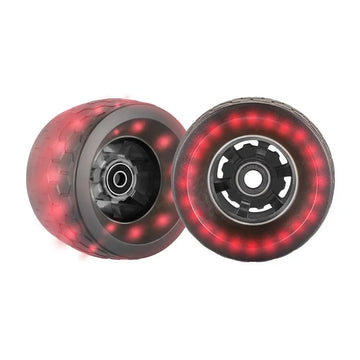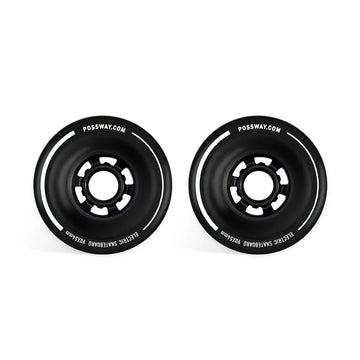Electric skateboards have to be one of the coolest and most enjoyable modes of transportation.
They are the ultimate electric mode of transportation for commuting and enjoyment.
But can they be used for everything I've mentioned and more? Are they adaptable?
Electric skateboards have a maximum legal speed and an average maximum speed regardless of manufacturer.
We have a lot to talk about between that and how to actually get close to those speeds.
How fast should you go on your electric skateboard, how effective are the brakes, and where do you cross the line into dangerous territory?
Let's get into it.

Are Electric Skateboards Legally Restricted?
Electric skateboard speeds are... difficult to navigate.
In general, there are no laws that expressly prohibit the use of an electric skateboard.
They can be regarded as toys or recreational vehicles that pose no significant risk to anyone.
Do you really think people would regulate skateboards if you don't need a license to drive a golf cart in most places?
But, as with everything in life, there are a few things to consider before you hit the road with your electric skateboard and cruise by a cruiser.
Speed Limits
While electric skateboards aren’t legally street vehicles, they can still go pretty fast, and from there they’re going to be able to pose a threat when they reach over a certain limit.
It can make pedestrians uneasy, to say the least. If you break the speed limit, regardless of where you are or what you’re doing, you can be fined and even taken to traffic court over it.
Yes, a skateboarder with no license could be taken to traffic court. What a country, huh?
You still have to obey local laws and speed limits no matter what if you want to stay within the realm of what is legal.

Public Areas
Some public areas, such as schools, colleges, parks owned by the state, airports, and similar structures, will have signs posted that state you cannot use any form of skateboard nearby.
They may state “Within 100 feet of this sign/building” or something along those lines.
The thing is, in most states, this is a law, not just a suggestion by the owner of the structure in question.
You can be fined, and people who post these signs who notice you within that predefined distance would love nothing more than to get you in trouble for using an electric skateboard in that area.
Steer clear of public areas with high foot traffic like the ones I mentioned, and you should do just fine.
What Are Safe Speeds For Electric Skateboards?
It all depends on what you're looking for.
Before they became a commuting vehicle for young adults to enjoy, people bought electric skateboards primarily as children's toys.
A toy's top speed should be around 12 MPH, and this is for some of the higher-end toy models.
I say toy because the construction, weight cap, and materials used differ significantly.
However, for a commuting electric skateboard, you can expect to reach speeds of up to 25 MPH.
Yeah, on a skateboard—can you imagine?
That’s faster than most people ever hit on their boards even when they push while going downhill.
But what is considered safe?
Technically, you can get pulled over for riding a manual bicycle at 21 MPH (in a school zone).
You can legally get ticketed for this. That means that skateboarders, electric or manual, aren’t safe either.
The key difference here is that you’re not buying a motor vehicle that you have to register.
You’re simply getting an electric skateboard, an otherwise leisurely device that isn’t really recognized by the law unless you’re grossly misusing it.

















